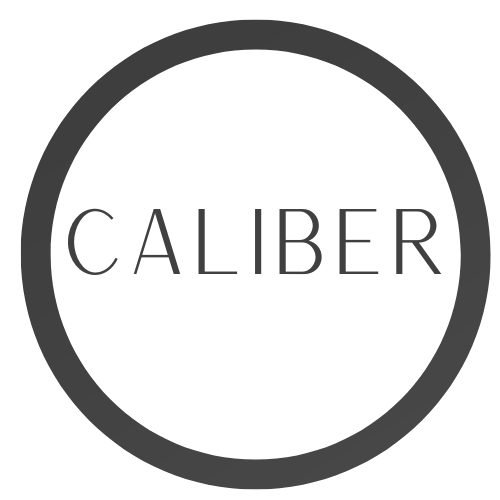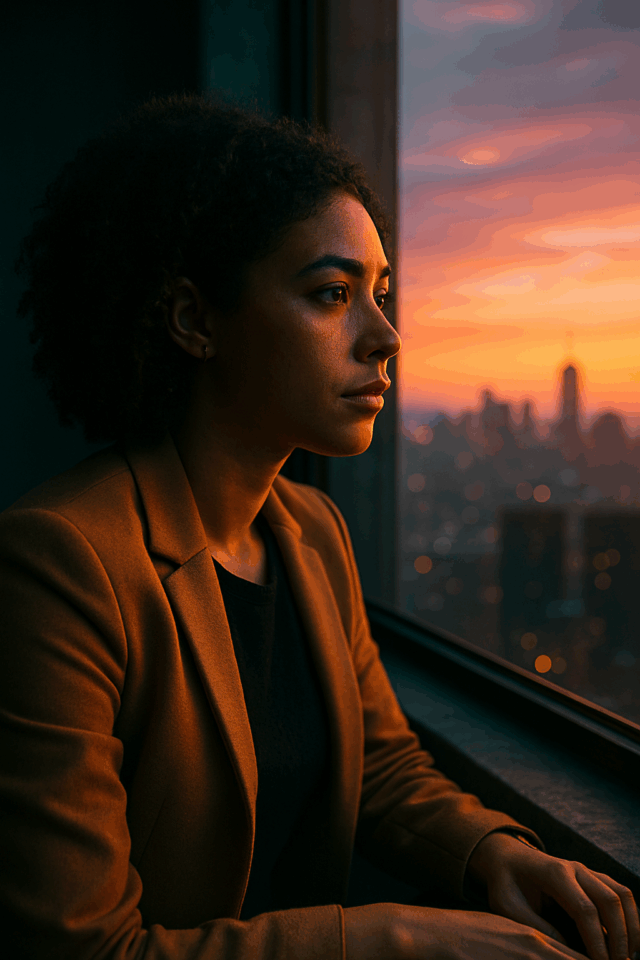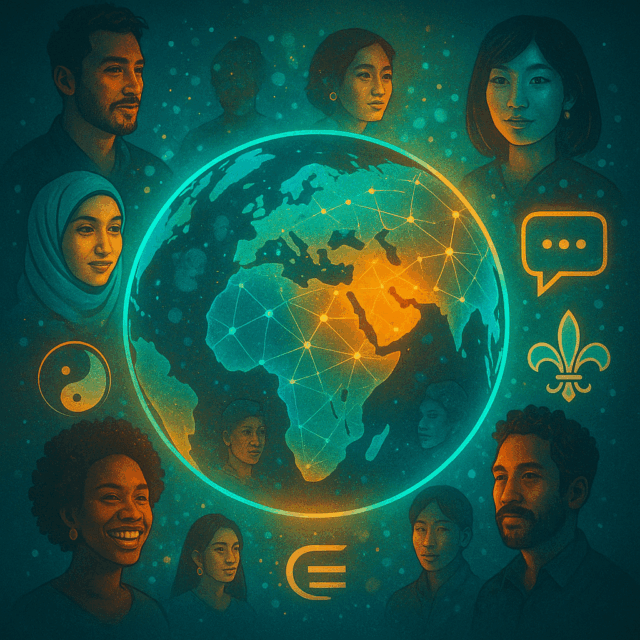Beyond Automation—Toward Augmentation
Media once divided people and machines into separate camps: creators versus coders, strategists versus systems. That line has dissolved.
Today’s most effective campaigns are born in the overlap—where creative intuition meets computational insight.
The hybrid era isn’t about replacing humans; it’s about scaling what makes them brilliant.
According to Deloitte’s 2025 Global Marketing Trends report, 73% of CMOs are already integrating AI tools directly into their creative workflow, not just their media optimization stack.
Yet less than half have established standards for how humans and algorithms should collaborate.
The opportunity—and risk—lie in how we define that partnership.
“AI doesn’t kill creativity. It demands better direction.”
The New Creative Stack
The hybrid media workflow runs on three intertwined layers:
- Generative Ideation: AI surfaces unexpected connections and narrative angles from vast data pools—what humans might call “fresh perspective at scale.”
- Human Framing: Creative teams translate those raw patterns into cultural relevance and emotional tone.
- Automated Deployment: Programmatic systems distribute, test, and adapt assets dynamically across channels and languages.
Each layer learns from the other. The human gives the machine context; the machine gives the human clarity.
When Machines Inspire—and When They Misfire
AI can now generate video scripts, image compositions, and even music beds in seconds. But creativity is not a math problem—it’s a meaning problem.
When algorithms design without human supervision, they replicate the dominant patterns of data, not the diversity of culture.
That’s how bias slips in unnoticed: when efficiency outruns empathy.
In the U.S., a retail campaign using generative AI to build holiday imagery was pulled after users noticed that nearly every “family” depicted looked the same.
The brand’s AI model wasn’t malicious; it was trained on a narrow visual history.
The fix wasn’t more AI—it was more human oversight.
Building a Hybrid Workflow
Forward-thinking media buyers are embedding creative AI directly inside collaborative environments—where data scientists, copywriters, and strategists work side by side.
Instead of creative briefs, they use training prompts.
Instead of static storyboards, they build dynamic idea matrices that evolve as campaigns learn.
One global beverage brand now runs “co-creation sprints,” where AI proposes hundreds of campaign variations, and human teams score them based on cultural fit, originality, and emotion.
The winning hybrids outperform baseline creative by 40% on recall and engagement.
“The best idea in the room might not be human—or machine—but both.”
The Buyer’s Role in Hybrid Creativity
Media buyers sit at the intersection of strategy and execution, which makes them ideal conductors of hybrid creativity.
They control where ideas meet audiences—and increasingly, when machines amplify or adapt them.
- Negotiate for innovation: Request hybrid deliverables from agencies—concepts that merge AI generation with human editing.
- Invest in interpretable AI: Prioritize partners who can explain, not just execute, their algorithmic process.
- Budget for iteration: Treat machine-driven testing as part of creative development, not post-launch optimization.
Ethics, Empathy, and the Edge
Hybrid creativity introduces new accountability. Who owns a co-authored idea? Who ensures cultural sensitivity when AI contributes to the narrative?
Leading advertisers are drafting hybrid ethics frameworks—guidelines that credit both human and machine contribution transparently.
The hybrid edge isn’t just productivity—it’s precision empathy.
When AI crunches billions of behaviors and humans interpret meaning, storytelling becomes both scalable and deeply personal.
That’s how campaigns evolve from generic impressions to genuine connections.
The Takeaway
We’ve entered a creative Renaissance powered by code. The teams that thrive will not be the ones who automate everything, but the ones who choreograph collaboration.
In this new reality, prompts are creative briefs, and algorithms are colleagues.
Media buyers who understand both worlds become the new architects of attention.
The future of creativity isn’t human or machine—it’s hybrid, by design.


